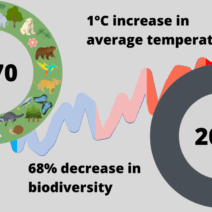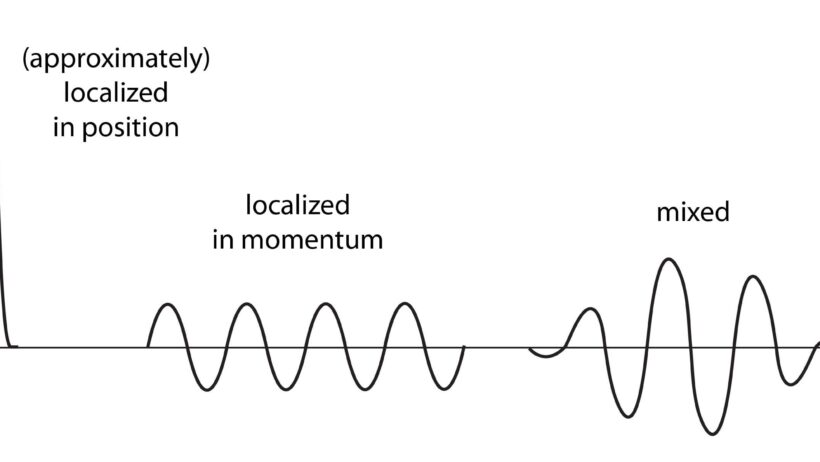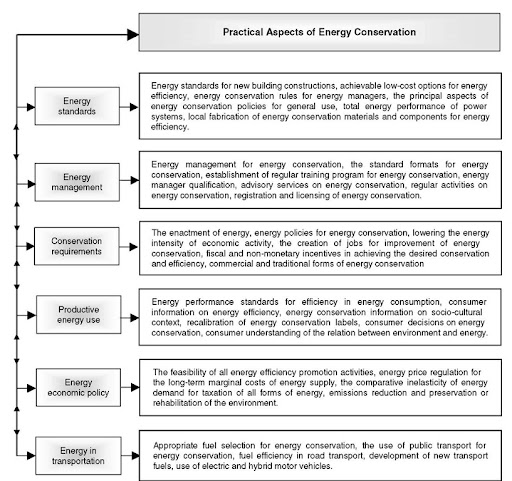In the realm of physics, the concept of energy conservation is fundamental. For the most part, energy is regarded as a quantifiable entity that can neither be created nor destroyed, merely transformed from one form to another. However, the notion of non-conservation of energy introduces a more complex dialogue that can provoke philosophical considerations and challenge our conventional understanding. This discourse delves into what non-conservation of energy means, the circumstances under which energy seemingly disappears, and the implications that arise from these phenomena.
To appreciate the intricacies of non-conservation, one must first grasp the tenets of the conservation law. The first law of thermodynamics reinforces this principle by stating that the total energy of an isolated system remains constant. This invariant nature implies that while energy may change forms—kinetic to potential, electrical to thermal—the total quantity is preserved. Accordingly, the universe operates under this deterministic paradigm. However, nuances emerge in specific contexts that challenge this seemingly airtight framework.
When discussing non-conservation of energy, it is vital to explore its manifestations, particularly within quantum mechanics. This branch of physics grapples with the behavior of particles at subatomic scales, where classical notions falter. Energy can exhibit behaviors that seem to defy conventional logic, leading to scenarios where it appears to vanish. Quantum fluctuations, for instance, illustrate a phenomenon where energy levels fluctuate randomly in a vacuum. While energy is transient, it underscores the intricate dance of particles and antiparticles that pop into existence for imperceptible durations, before annihilating one another.
One compelling illustration of this principle can be observed through the concept of virtual particles. In vacuum states, these ephemeral entities momentarily emerge, challenging our understanding of energy’s permanence. They encapsulate the idea that energy can exist within a probabilistic framework, thus straddling the line between conservation and apparent disappearance. In this lens, energy does not vanish in the traditional sense; instead, it exists within a realm that defies our classical expectations, permitting moments where it appears to be absent.
It is also essential to consider the implications of non-conservation in cosmological terms. The universe itself is subject to expansion, and this phenomenon introduces factors that may result in the perceived loss of energy. As the universe expands, the energy density of cosmic backgrounds diminishes, leading to a universe that may be less energetically favorable over time. The infusion of dark energy, a mysterious force propelling this expansion, suggests possibilities of energy transitioning into forms we do not yet comprehend, reinforcing the argument that our understanding of energy is still in its infancy.
Some may argue that non-conservation challenges our fundamental interpretation of physical laws. Does it not imply a need for a paradigm shift? These dilemmas incite curiosity and pose philosophical queries regarding the nature of reality itself. If energy can disappear, does this suggest that there are realms or dimensions beyond our perceptual capabilities that dictate energy dynamics in ways we cannot yet fathom?
Moreover, the second law of thermodynamics introduces another layer of complexity to this subject. It communicates that within a closed system, entropy—the measure of disorder—always increases over time. This irrevocable trend towards increased entropy suggests that while energy may not disappear, its capacity to perform work diminishes over time, leading to scenarios where useful energy transforms into unusable forms. This degradation reinforces the difficulty of maintaining energy in an observable state, contributing to a perception of non-conservation.
In applied contexts, non-conservation of energy can emerge through inefficiencies in energy transfer. For instance, in power generation, losses due to heat dissipation during transformation processes exemplify the practical consequences of non-conservation. Energy that is produced may not be utilized effectively, leading to a disconnection between input and output energies. This phenomenon mandates scrutiny of our energy systems and amplifies the call for innovation in energy efficiency across various sectors.
The exploration of non-conservation also invokes considerations surrounding sustainability and environmental stewardship. As society grapples with energy demands and environmental impacts, the challenge of energy conservation becomes paramount. The apparent losses underscore the need for vigilance in optimizing energy use, enhancing renewable energy technologies, and reducing waste—an awareness that can catalyze shifts in behavior towards more responsible consumption.
In conclusion, the narrative surrounding non-conservation of energy invites exploration into the mysterious nature of energy itself. Through quantum mechanics, cosmology, and thermodynamics, we unravel concepts that transcend simple conservation mandates. Energy may not vanish in a traditional sense; instead, it subsists in forms we may not fully comprehend or detect. This ongoing inquiry invokes curiosity and serves as a reminder of the complexities underpinning our universe, inviting us to cultivate a deeper understanding of energy dynamics and embrace a future invested in sustainability and innovation.







